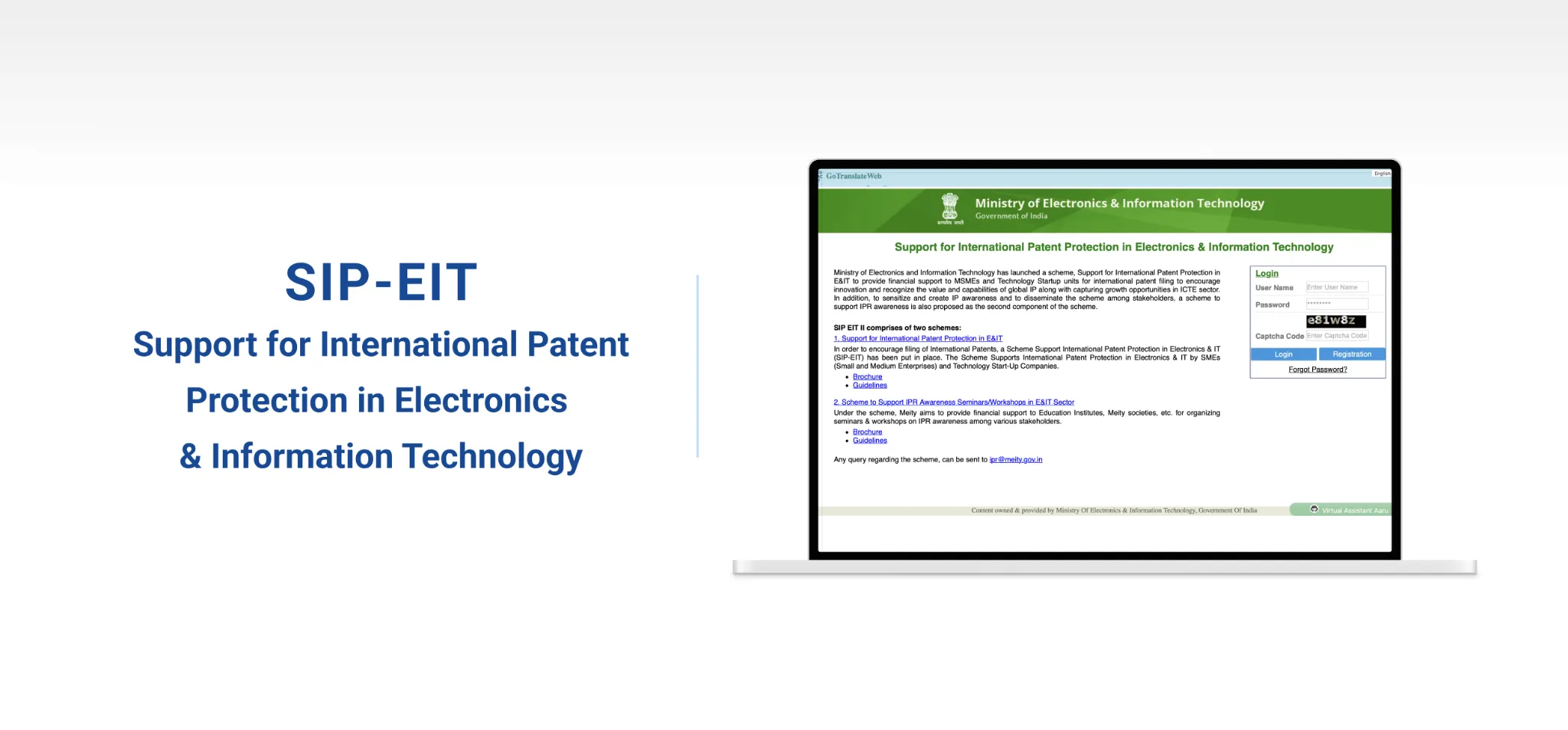A company’s journey begins with its Memorandum of Association (MOA)- a charter document defining its identity, purpose, and scope of operations. The MOA outlines key aspects such as the company’s name, registered office, objectives, liability, and capital structure. Traditionally, drafting and filing the MOA involved cumbersome paperwork, physical signatures, and repeated visits to government offices.
With the introduction of Form INC-33 (SPICe MOA) by the Ministry of Corporate Affairs (MCA), this process has been revolutionised. The digital approach has made incorporation seamless, faster, and more transparent.
Table of Contents
What Is Form INC-33 (SPICe MOA)?
Form INC-33, popularly known as SPICe MOA, is a part of the MCA’s Simplified Proforma for Incorporating Company Electronically (SPICe) initiative. Launched to streamline company incorporation, it integrates multiple forms and requirements into a single, unified digital process.
The form is designed to facilitate the preparation and filing of the Memorandum of Association (MOA) in an easy-to-use format.
Procedure for Preparing eMOA (Form INC-33)
Preparing the eMOA under the SPICe framework is a structured process designed to assist users at every step. Below is a detailed guide to preparing Form INC-33:
1. Language Options
Users can fill out the form in Hindi or English, making it accessible to a wider audience.
2. Selection of Applicable Table (A–E under Companies Act, 2013)
Depending on the type of company and its objectives, the appropriate Table must be selected. These tables provide predefined clauses aligned with different forms of companies – private, public, section 8, etc.
3. Drafting Clauses
The form guides users to fill in all essential clauses systematically:
- Name Clause: Choose an appropriate name following MCA’s naming guidelines.
- Registered Office Clause: Specify the state where the company will be registered.
- Object Clause: Define the main business activities and ancillary purposes.
- Liability Clause: Detail the liability of members, whether limited by shares or by guarantee.
- Capital Clause: Enter the authorised share capital and structure.
4. Compliance Checks Before Submission
The portal performs real-time validations to ensure all necessary details are filled, reducing the chances of rejection. Once all clauses are correctly entered, the eMOA can be digitally signed and submitted.
Key Clauses in Form INC-33 (MOA)
Name Clause
This defines the name of the company. The name must adhere to the MCA’s guidelines:
- Should not be identical or similar to existing companies.
- Avoid prohibited words unless proper approvals are obtained.
- Must include appropriate suffixes like "Private Limited" or "Limited."
Registered Office Clause
Here, the state or union territory where the company’s registered office will be located is specified. This determines jurisdiction for compliance and tax purposes.
Object Clause
The object clause outlines the business activities the company intends to pursue. It is divided into:
- Main Objects – The core activities the company will undertake.
- Ancillary Objects – Secondary or related activities that support the main objects.
Liability Clause
This clause defines the liability structure:
- Limited by shares – Liability is restricted to the unpaid amount on shares.
- Limited by guarantee – Liability is limited to a guaranteed amount in case of winding up.
Capital Clause
This details the authorised share capital, specifying the number of shares, their value, and structure. It forms the basis for funding and ownership distribution.
Subscriber Sheet in eMOA
SPICe MOA allows digital execution of the Subscriber Sheet, where the initial shareholders or guarantors agree to take up shares or liability in the company.
- Subscribers must provide valid details such as DIN, PAN, or Passport number.
- The form allows a maximum of 7 subscribers, ensuring simplicity in initial incorporation.
- Subscribers authenticate their identity using Class 2 Digital Signature Certificates (DSC), ensuring secure and verified execution without the need for physical documents.
Witness Signature in eMOA
To further secure the document, SPICe MOA mandates witness verification through digital means.
- Witnesses must also authenticate using Class 2 DSCs.
- Valid identification, such as PAN, DIN, or Passport, is required.
- Professionals like chartered accountants, company secretaries, or advocates are recommended to act as witnesses for added credibility and compliance assurance.
Advantages of SPICe MOA (INC-33)
The introduction of SPICe MOA has brought significant benefits to company incorporation in India:
- Faster Incorporation: Filing, verification, and approval are streamlined, saving time.
- Reduced Paperwork: All documents are uploaded online, eliminating manual processes.
- Secure Digital Signatures: Identity and authenticity are verified through Class 2 DSCs, ensuring tamper-proof submissions.
- Simplified Compliance: Guided forms with real-time validation ensure statutory requirements are met without confusion.
- Cost-Effective: Less need for intermediaries and physical filing reduces administrative costs.
SPICe MOA has thus transformed the incorporation process into a transparent, efficient, and entrepreneur-friendly system, paving the way for more startups and businesses to formalise their operations.
Frequently Asked Questions (FAQs)
Private Limited Company
(Pvt. Ltd.)
- Service-based businesses
- Businesses looking to issue shares
- Businesses seeking investment through equity-based funding
Limited Liability Partnership
(LLP)
- Professional services
- Firms seeking any capital contribution from Partners
- Firms sharing resources with limited liability
One Person Company
(OPC)
- Freelancers, Small-scale businesses
- Businesses looking for minimal compliance
- Businesses looking for single-ownership
Private Limited Company
(Pvt. Ltd.)
- Service-based businesses
- Businesses looking to issue shares
- Businesses seeking investment through equity-based funding
One Person Company
(OPC)
- Freelancers, Small-scale businesses
- Businesses looking for minimal compliance
- Businesses looking for single-ownership
Private Limited Company
(Pvt. Ltd.)
- Service-based businesses
- Businesses looking to issue shares
- Businesses seeking investment through equity-based funding
Limited Liability Partnership
(LLP)
- Professional services
- Firms seeking any capital contribution from Partners
- Firms sharing resources with limited liability
Frequently Asked Questions
Why is the MOA important for a company?
The Memorandum of Association (MOA) is one of the most crucial documents for a company because it defines its fundamental structure and scope. It serves as the constitution of the company.
What are the different tables in Schedule I of the Companies Act, 2013, and how are they used?
Schedule I of the Companies Act, 2013, provides different formats (Tables A–F) that companies can choose from when drafting their MOA and AOA, depending on their type and requirements. Here’s a brief overview of the tables:
- Table A – For private companies.
- Table B – For public companies.
- Table C – For companies limited by guarantee.
- Table D – For unlimited companies.
- Table E – For Section 8 companies (non-profit entities).
Table F – For small companies or companies with specific types of governance.
How many subscribers (shareholders) can be added to the eMOA through the SPICe form?
Through the SPICe form (INC-33), you can add a maximum of 7 subscribers (i.e., shareholders or members) at the time of incorporation.
What is the significance of entering the correct DIN, PAN, or Passport number for subscribers in the eMOA?
Entering the correct DIN (Director Identification Number), PAN (Permanent Account Number), or Passport number for each subscriber is vital because:
- Identity Verification
- Legal Accountability
- Prevention of Fraud
- KYC Compliance
What is the purpose of including the company’s authorised share capital in the eMOA?
The authorised share capital is the maximum amount of capital that the company is permitted to raise through the issuance of shares. Including this in the eMOA is important because it defines the funding capacity, regulatory requirements and future expansion.

















